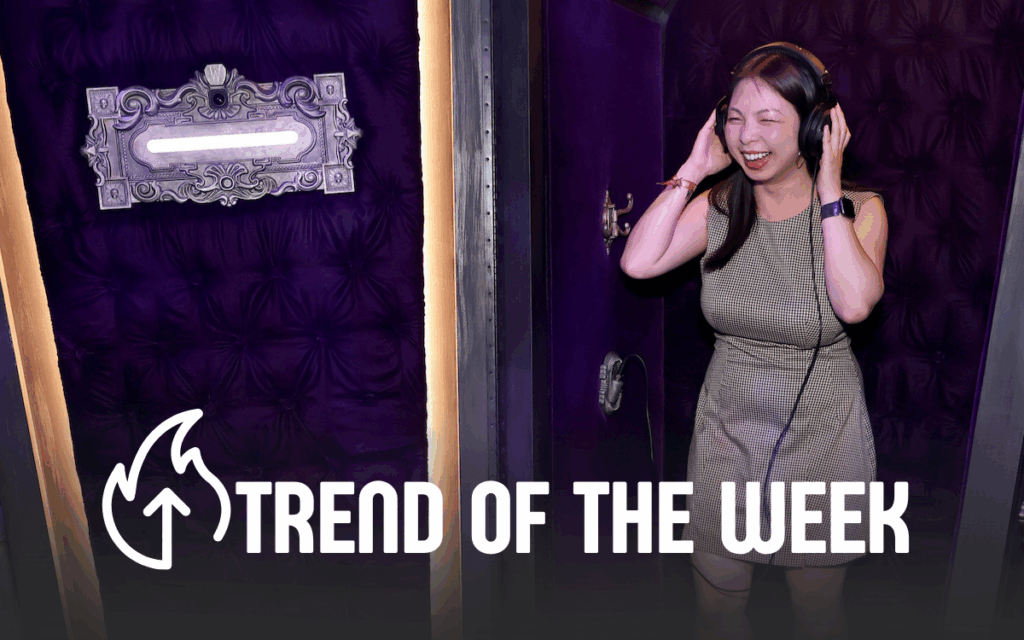Everyone knows that it’s hard to get through to college students.
But not for Embry-Riddle Aeronautical University. The school, which has campuses in Daytona Beach, FL and Prescott, AZ, is using e-newsletters to get information out to students, prospective students, parents and others interested in the institution.
For example, Embry-Riddle’s College of Business ships an e-zine titled It’s Your Business to over 1,200 incoming students, alumni and industry advisory boards. It keeps readers current on events within the college, and is sent in the fall, spring and summer.
A recent issue pulled an open rate of 42% with a click through of 3%. One of the accessed pages was the forward- to-a-friend feature, which is used successfully in all of Embry-Riddle newsletters to gain more readers, says Jill Meridith, Embry-Riddle University communications specialist.
Another newsletter was developed by the university’s financial aid office. It is distributed in the fall and spring to students via their Embry-Riddle e-mail accounts, which are assigned to them when they apply to the college. The fall edition was sent to 3,791 readers and had an open rate of 49.5% and click throughs of 3.5%. The spring issue was sent to 5,069 students. It had an open rate of 42.1% with a click through of 1%.
Finally there is the new air show newsletter where subscribers can opt-in online or at events. “One of our alumni is an air show performer and we’re sponsoring him doing aerobatic performances,” says Meridith. Additionally the air show newsletter keeps readers updated on air shows, on and off campus.
Not all the departments at Embry-Riddle send e-mail newsletters, but their use is growing, according to Meridith. “Various colleges want to utilize them to feature their programs,” she says. “And when that happens, students will be able to modify their own profile to either accept the additional newsletters or not, allowing the users to manage the frequency and number of newsletters they receive.”
Getting the students read the newsletters can be a challenge. “Until they get here they don’t always check their Embry-Riddle account like they would their personal accounts,” Meridith says. “We may send to 5000 addresses, but perhaps only to 2,500 students because we send to both their personal accounts and the Embry-Riddle account. They have the accounts they really check and sometimes check.”
Meridith views the cost effectiveness as one advantage of e-newsletters. But there are more.
“We’ve got a new degree program and it will take up to six months to get that information into print,” she adds. We can highlight new initiatives quicker to audiences that are already interested in coming here.”
Another advantage is that students like to receive communications via e-mail. “They’re used to working on the computer and getting information that way,” she says. “We can impart accurate, timely information to students in a timely manner, in turn serving them well.” Success for Meridith is anecdotal. Although people may be opening, reading and clicking through, it doesn’t necessarily mean that they are going to matriculate.
“In general we can say that 35% opened, clicked through and read the newsletter,” she says. “Maybe they even came to a chat that we planned in conjunction with the outreach. We see that as a success, but until they matriculate, your return on investment isn’t measured so much by dollars.”
Meridith gains insight into subscriber interest from tracking supplied by ExactTarget, its software provider. And she can act on that information to further serve the reader.
“We can track opens and learn what subscribers click on, so we might be able to derive that the student clicked through to engineering programs. Then we can follow up with specific information for engineering. Or, if they clicked on sports programs we could send them that information.”
Future plans are to use e-mail newsletters to communicate with the parents of prospective and incoming students who have different informational needs than their children.
“A lot of stuff kids don’t forward to their parents,” she says. “But parents need to know where to go for more information on financial aid, plane reservations and orientation, as opposed to the students who are more interested in student life, clubs to join and fun stuff during orientation.”



